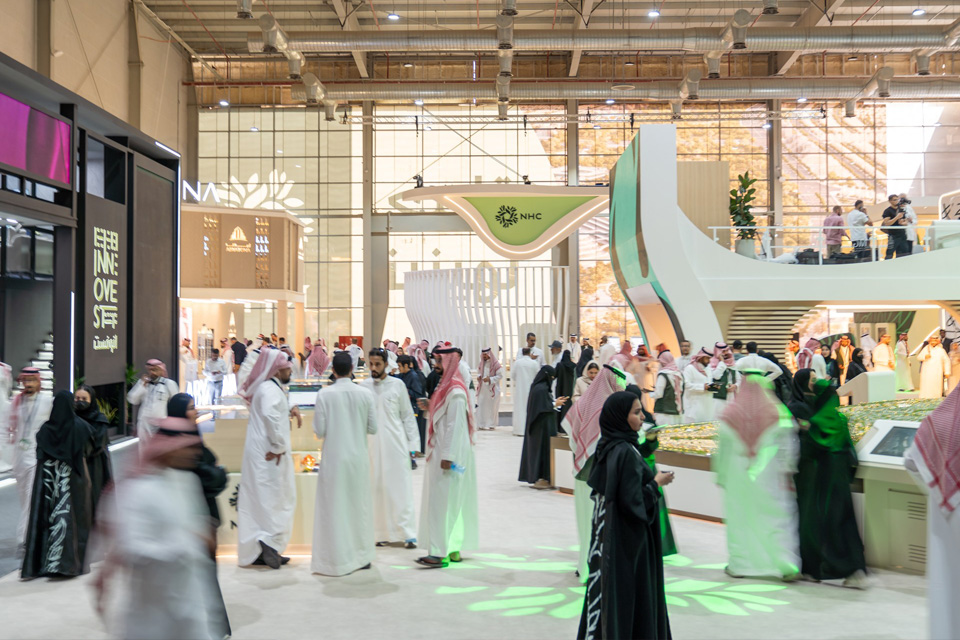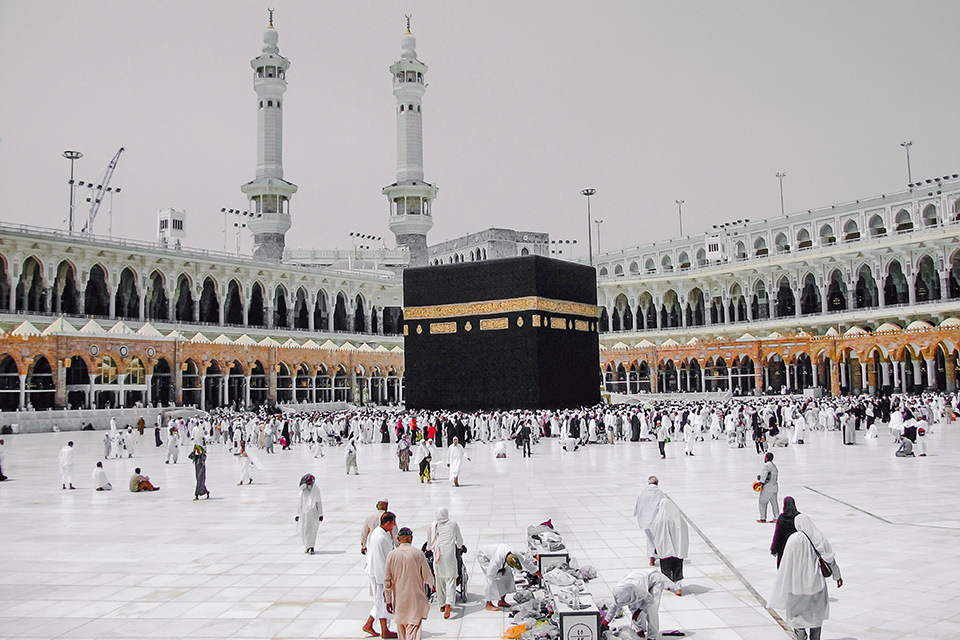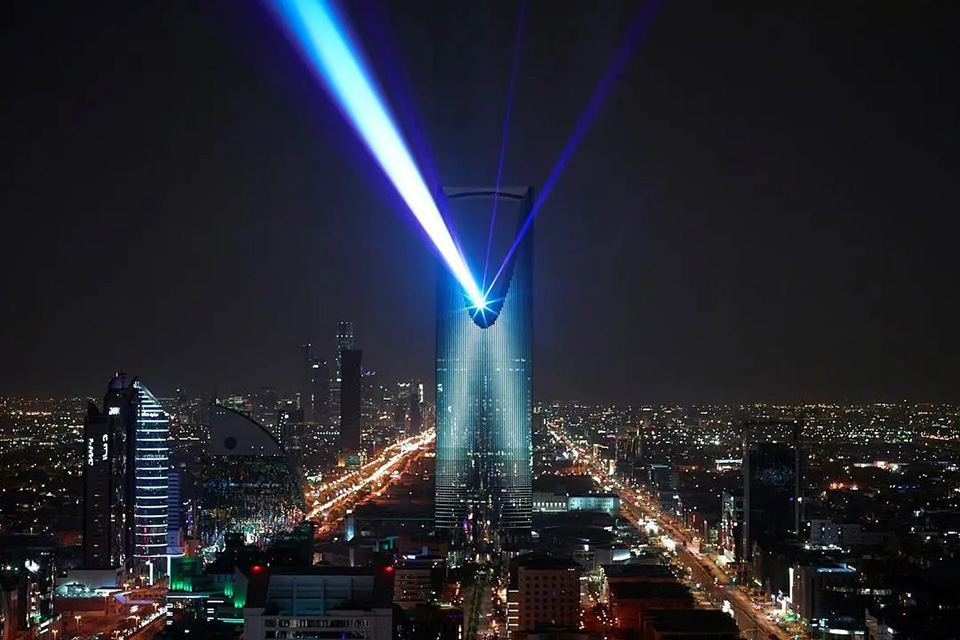- News
Saudi Arabia Lauded by IMF for Surpassing Vision 2030 Target
The early achievement of Saudi Arabia was primarily driven by an increase in international arrivals, fueled mainly by non-religious tourism.
Article Summary:
- The International Monetary Fund (IMF) has highlighted Saudi Arabia’s achievement of 100 million visitors seven years ahead of its 2030 target. This target has been increased to 150 million visitors yearly.
- The IMF report underscores the increase in international tourists, mainly fueled by non-religious tourism.
- Visitors can expect more attractions to discover and explore, such as the megaprojects such as the Red Sea Project, NEOM, and the Diriyah Gate.
In an impressive achievement, Saudi Arabia has surpassed its Vision 2030 target of 100 million visitors. Initially set for 2030, this milestone was reached years ahead of schedule, marking a new era for Saudi tourism.
Saudi Arabia’s Vision 2030 is an ambitious plan to diversify the economy beyond oil. Tourism plays a major role in this initiative, as the country seeks to highlight its rich cultural heritage, stunning natural landscapes, and modern attractions.
According to the IMF’s 2024 Article IV Consultation report, the kingdom’s tourism sector has greatly contributed to its economic diversification. IMF stands for the International Monetary Fund, a global organization that strives for its member countries’ sustainable growth and prosperity.
In the report, the IMF emphasized Saudi Arabia’s achievement. In 2023, its tourism revenues reached USD 36 billion, with its net income up by 38 percent. Meanwhile, the tourism sector’s direct and indirect GDP contributions reached 11.5 percent in 2023. The projection is that by 2034, this will increase by 16 percent.
Surge in Saudi Arabia’s international tourists
Key drivers behind the increase in tourism revenues were the mix of stronger domestic and international arrivals.
Historically, Saudi Arabia’s tourism industry centered around religious pilgrimages, particularly the Hajj and Umrah. However, the Vision 2030 initiative has diversified the tourism sector. Today, Saudi Arabia offers experiences beyond the traditional pilgrimage routes.
Non-religious tourism, in particular, also went up, as tourists visited family and friends. In addition was the increase in international sporting events and exhibitions, which drew visitors.
Also, with the launch of the e-visa program, Saudi Arabia has seen a steady rise in international arrivals. The electronic visa or e-visa has made visiting the Kingdom easier than ever before. The e-visa has made visiting the Kingdom easier than ever before.
The IMF report also illustrates how Saudi Arabia has more international than domestic travelers. More spending comes from international tourists than from outbound tourists. In line with this, amid the wake of the COVID pandemic, expatriates increased their leisure spending. This was possible through the combined efforts across industries such as the food, beverage, and hospitality industries.
Sustainability and luxury travel
Beach resorts, desert adventures, and vibrant festivals are becoming key attractions for international travelers. Destinations like the Red Sea coast and the futuristic city of NEOM have gained significant attention. Saudi Arabia is promoting itself as a year-round travel destination.
The Kingdom is also focusing on sustainability in tourism development. New resorts and infrastructure projects prioritize eco-friendly initiatives, renewable energy, and minimal environmental impact.
The Red Sea Project, one of the largest tourism initiatives in the world, aims to be a sustainable destination. It will feature luxury accommodations, nature reserves, and pristine coral reefs. The development promises to cater to the rising demand for high-end, eco-conscious travel experiences.
With a mix of historical charm, modern luxury, and sustainable practices, Saudi Arabia is well on its way to becoming a global tourism hub. The government remains committed to attracting 150 million visitors by 2030, enhancing both infrastructure and travel experiences.
Photo by Khalid Elkady on Unsplash
Note: Some of the content in this piece was generated with the help of AI.






